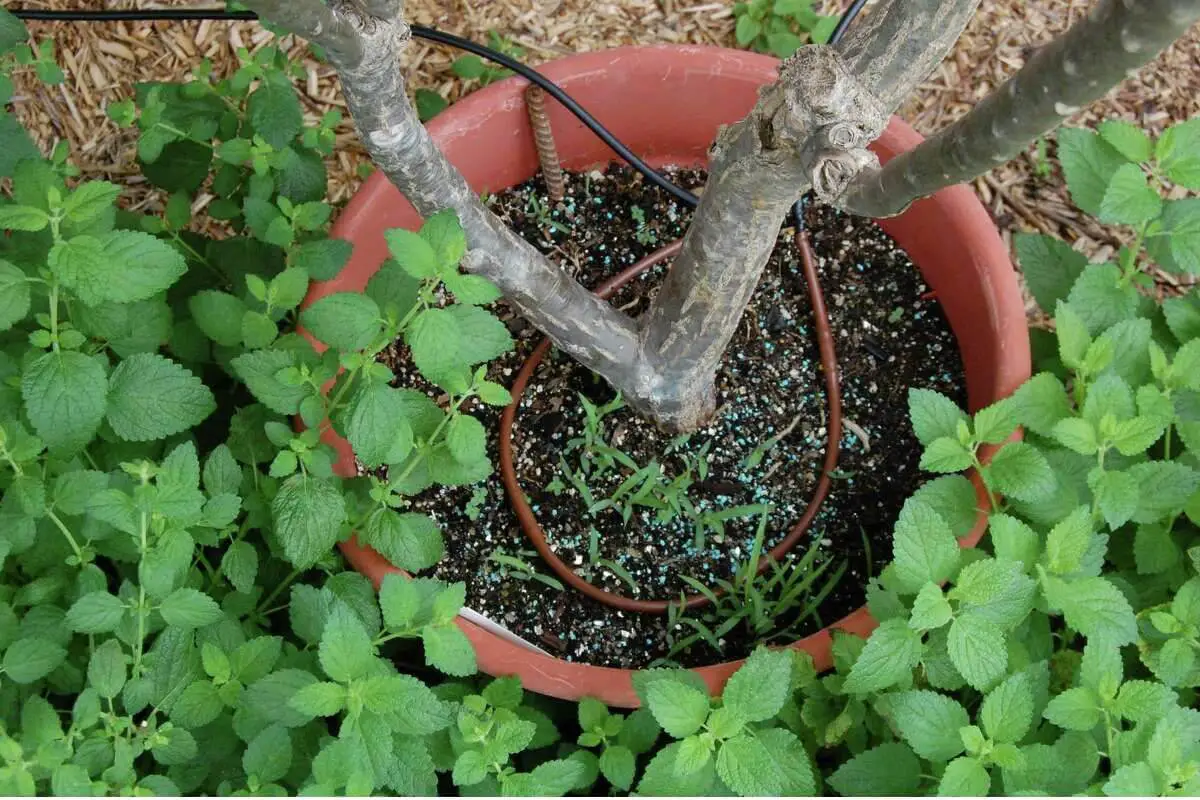Introduction
Plumeria plants, with their vibrant and fragrant flowers, are beloved by gardeners and flower enthusiasts alike. However, these tropical beauties can face health issues, such as stem rot and dehydration, that impact their overall well-being. In this article, we will explore the differences between plumeria stem rot and dehydration, how to identify them, and essential steps to prevent and treat these conditions.
What is Plumeria Stem Rot?
Plumeria stem rot is a fungal disease that affects the stems of the plant, leading to decay and deterioration. The fungus responsible for this condition thrives in moist and humid conditions, making plumeria plants in such environments more susceptible to the disease. Stem rot can spread quickly and, if left untreated, can severely damage the plant and even lead to its demise.
Identifying Plumeria Stem Rot
Detecting stem rot in its early stages is crucial for effective treatment. Look for black or dark brown spots on the stems, often accompanied by a foul smell. As the disease progresses, the affected stems may become soft and mushy. In severe cases, the leaves might turn yellow or wilt.
Causes of Plumeria Stem Rot
Several factors contribute to the development of stem rot in plumeria. Overwatering is the most common cause, as it creates a favorable environment for fungal growth. Poor drainage, excessive humidity, and using infected gardening tools can also introduce the fungus to the plant.
The Impact of Dehydration on Plumeria
On the other hand, dehydration poses a different threat to plumeria health. Lack of water can lead to wilting, discoloration, and drooping leaves. Dehydrated plumeria plants may lose their vibrant colors and eventually shed their leaves. While dehydration is not caused by a pathogen, its effects can be just as detrimental if not addressed promptly.

Distinguishing Dehydration from Stem Rot
Differentiating between dehydration and stem rot is essential for providing appropriate care. While both conditions may cause wilting, stem rot exhibits dark spots on the stems, while dehydrated plants generally have dry and withered leaves. Checking the stems’ condition and considering the watering history can help determine the issue.
Preventive Measures for Plumeria Stem Rot
Preventing stem rot involves careful watering practices and creating an environment unfavorable to the fungus. Ensure the soil has proper drainage and avoid overwatering. If you water from above, do so early in the day to allow excess moisture to evaporate. Additionally, regularly inspect and sanitize gardening tools to prevent the spread of disease.
Preventing Dehydration in Plumeria
To prevent dehydration, monitor the plant’s water needs and adjust the watering schedule based on the climate and season. Water the plant thoroughly and deeply, allowing the water to reach the root system. Mulching around the base of the plant can help retain moisture and regulate the soil temperature.
Watering Practices for Plumeria Care
When watering plumeria, consider the “soak and dry” method. Water the plant until the soil is thoroughly moistened, and then allow it to dry out between watering sessions. Avoid frequent, shallow watering, as it can lead to root rot and other moisture-related issues.
Common Misconceptions About Plumeria Health
There are some misconceptions about plumeria care that may inadvertently lead to health problems. One common myth is that plumeria plants need constant watering, which can promote stem rot. It’s essential to understand the specific water requirements of these plants to maintain their health effectively.
How to Revive a Dehydrated Plumeria
If you notice signs of dehydration in your plumeria, don’t panic. You can take several steps to revive a dehydrated plant. Gently water the plant at the base, providing enough water to saturate the soil. Consider misting the leaves to increase humidity temporarily. Monitor the plant’s progress closely to ensure it recovers successfully.
The Importance of Soil and Drainage
Good soil and proper drainage are vital for plumeria health. Choose a well-draining potting mix that allows excess water to escape, preventing waterlogged conditions. Adding perlite or sand to the soil can enhance drainage. A balanced mix of nutrients will also support the plant’s overall health and resilience.
Pruning and Hygiene for Plumeria Health
Regular pruning can promote air circulation and reduce the risk of fungal diseases like stem rot. Remove dead or diseased branches promptly, and keep the plant clean from fallen leaves and debris. Proper hygiene practices can significantly improve plumeria’s resistance to various health issues.
Environmental Factors Affecting Plumeria
The environment in which plumeria grows can impact its health. Factors like temperature, humidity, and sunlight exposure play a crucial role. Ensure the plant receives adequate sunlight, preferably six to eight hours a day, and protect it from extreme weather conditions.
Conclusion
In conclusion, understanding the differences between plumeria stem rot and dehydration is essential for effective plant care. By being vigilant in detecting early signs of these conditions and following proper preventive measures, you can ensure the health and longevity of your plumeria plants.
FAQs
Can I save a plumeria plant with severe stem rot?
Saving a severely affected plumeria may be challenging. Consider taking cuttings from healthy stems and propagating new plants.
Is it true that plumeria plants are drought-resistant?
While plumeria can tolerate dry conditions, they still require regular watering to thrive and produce healthy flowers.
Can I use fungicides to treat plumeria stem rot?
Fungicides can be effective in treating stem rot, but prevention and improving the plant’s growing conditions are equally important.
Should I bring my plumeria indoors during winter?
If you live in a cold climate, it’s best to bring your plumeria indoors during winter to protect it from frost and cold temperatures.
Can I propagate plumeria from cuttings to prevent diseases?
Yes, propagating plumeria from cuttings can help prevent diseases, as it allows you to start with healthy, disease-free plants.



